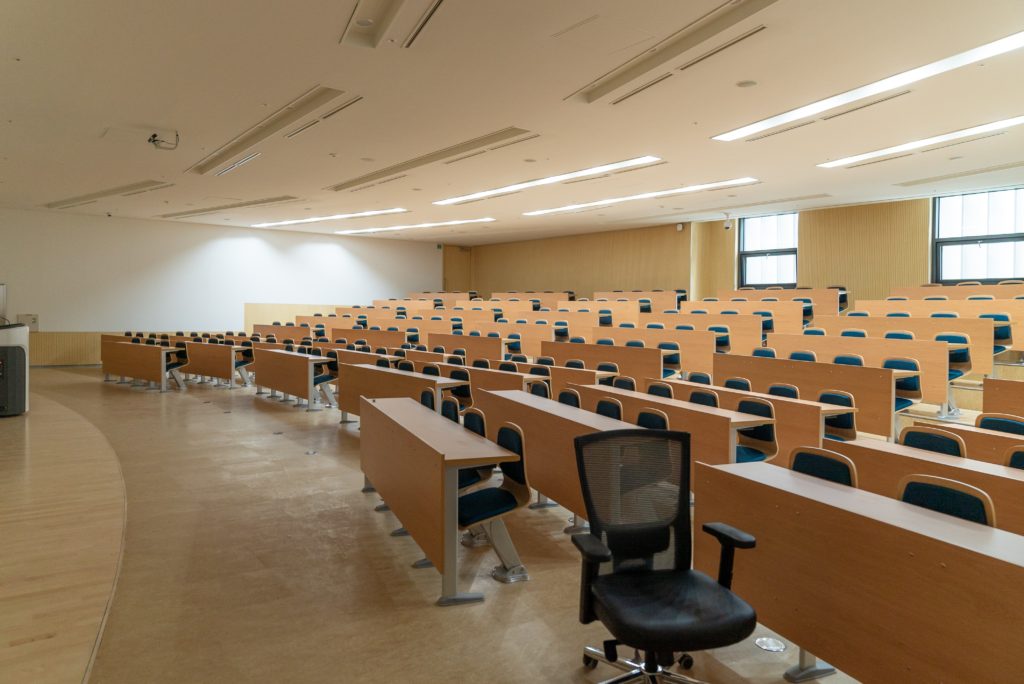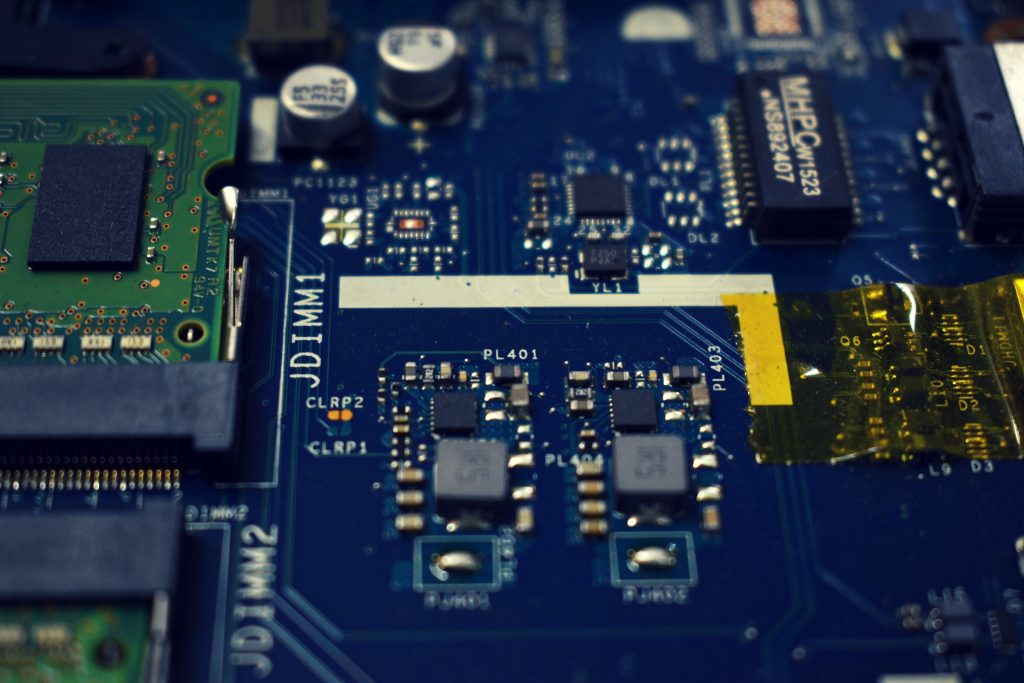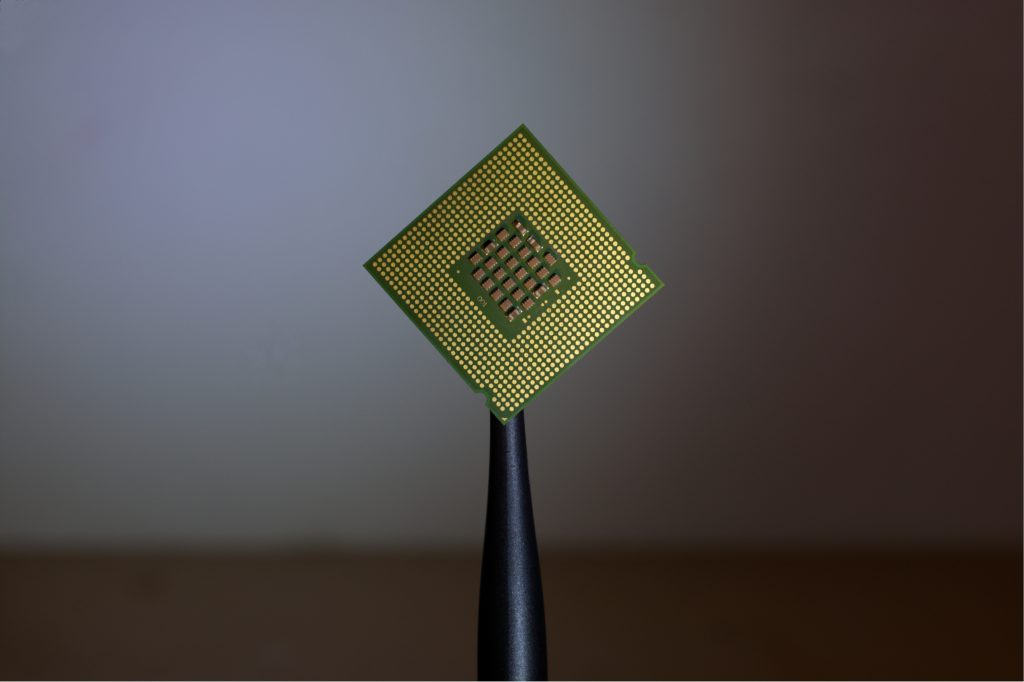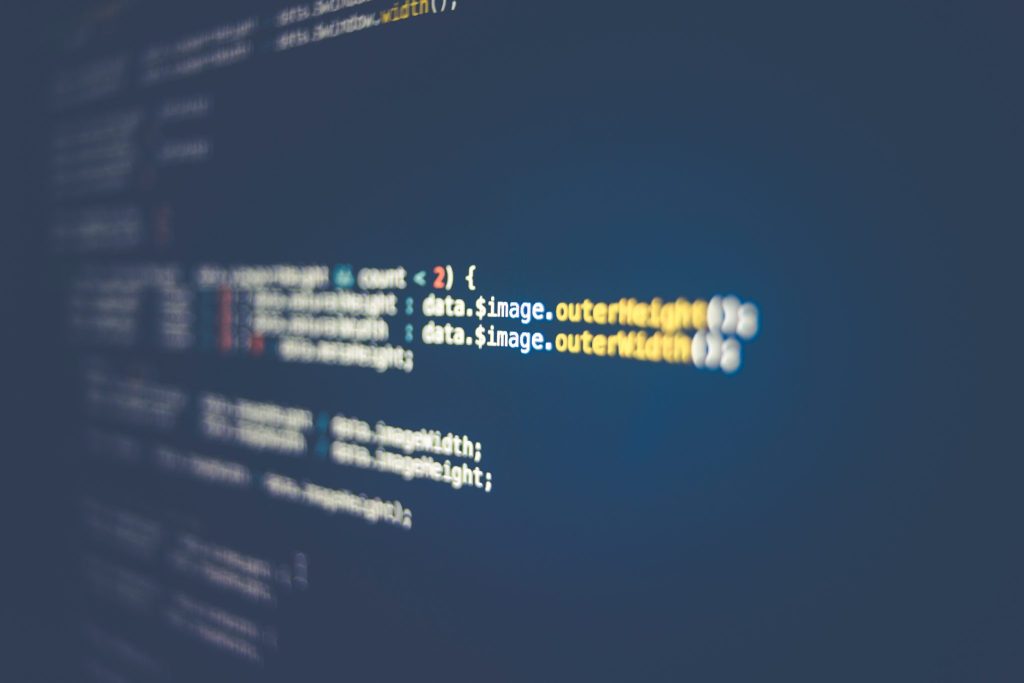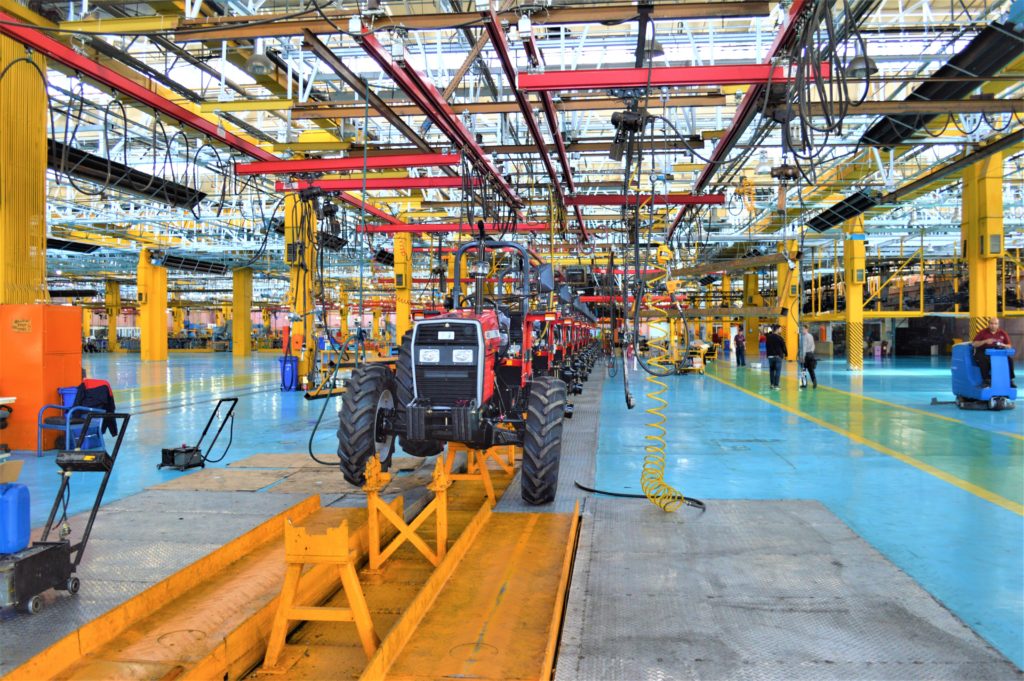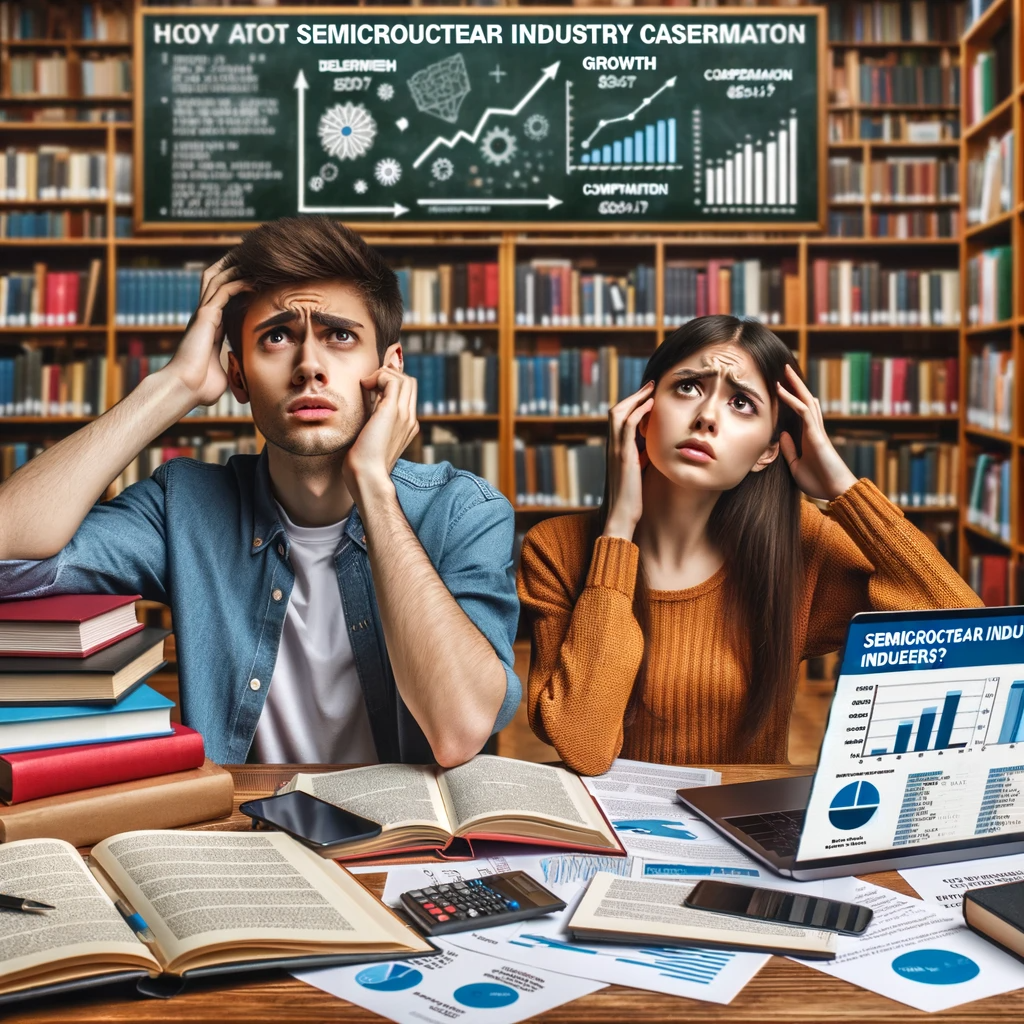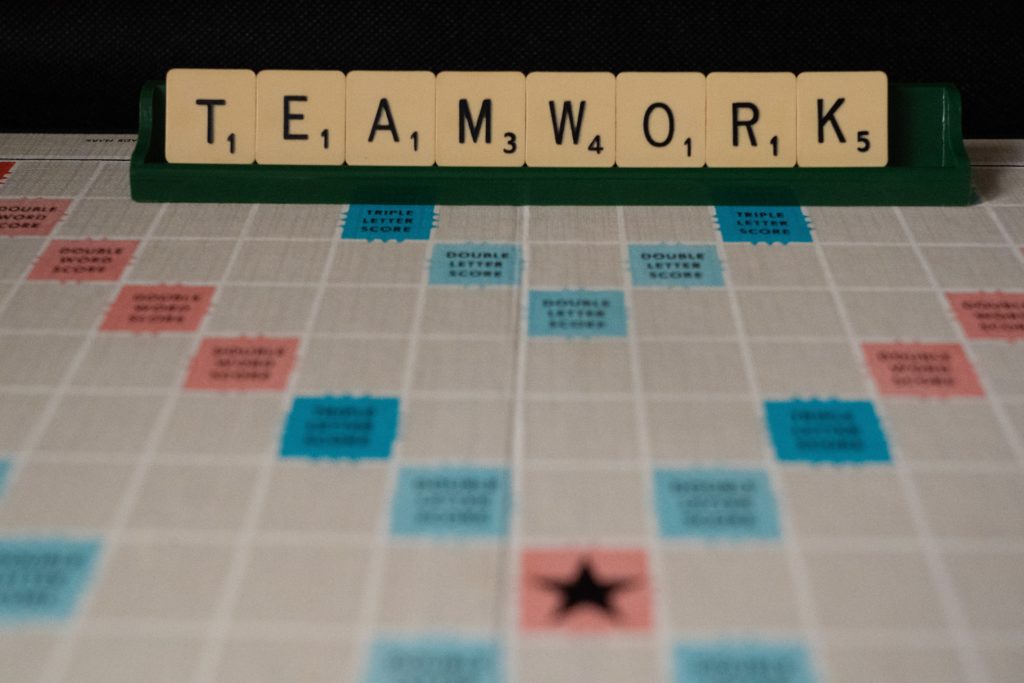Photo by Changbok Ko on Unsplash
Education is the key to learning various aspects of life and different career options. It enables the development of skills. There have been different way to learn in order to enable individuals with wider thoughts and options from career point of view.
Many prefer the traditional way of education by enrolling in schools/universities to acquire certificate/degree/diploma after fulfilling required criteria. On other hand few also prefer to learn everything on their own from different sources whether it is library, internet or attending different events, workshops and conferences. This may not lead to a formal certificate/degree/diploma, but the goal for such learners is not credentials.
Whichever path one takes, it always leads to same goal: Education and Learning.
In the last decade, there has been lot of changes in the form of delivery of education and different modes of learning. Majority of the changes have been due to the advancement of technology that has allowed the content to be delivered easily, mainly thanks to the innovation due to internet and connectivity.
With such abundance of sources readily available at the click of the button, the mode of learning is going to change from Traditional Education to Always Be Educating And Learning From Anywhere.
Lets take a look at different forms of sharing knowledge and educating people, and also how it has evolved by building on top of previous mode of education delivery.
PRE-INTERNET TRADITIONAL LEARNING
What And How:
- This is the 101 form of education where schools and universities were established. Students will enroll and follow a set curriculum before earning the certificate/degree/diploma. This still exists, but slowly it is adapting and finding ways to make it more convenient rather than moving to a location to acquire knowledge.
- One of the key benefits of traditional learning is the massive one-to-one interaction students have on daily basis. This not only allows growth from education and knowledge point of view, but also help students develop. networking and interpersonal skills. On top, individuals can engage in extra curriculum activities that can help them physically, socially and mentally.
- Another key driver of traditional learning is research and development (R&D). R&D is key to future developments. Even internet which you are using today to read this blog was a R&D project. And, today it is the backbone of everything in the world.
- There has been growing concerns and questions on the need to have traditional learning, however it is key to many future advancement along with innovation leading to better quality of life.
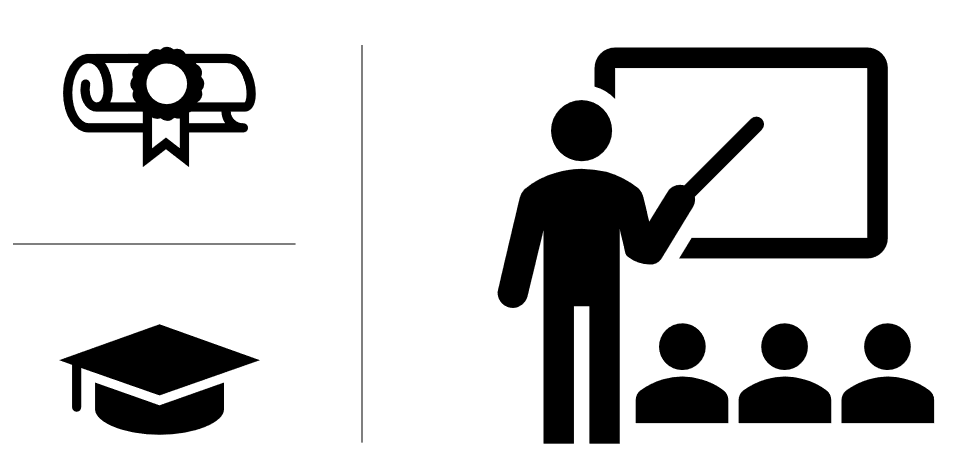
Problem Solved:
- Interaction with peers
- Learning future options
- Extra curriculum development
- Access to the formal education
Problem Created:
- Become more routine task
- Difficult to find the best teachers
- Started getting expensive to afford
- Not all schools/universities have the same facilities, resources, financials and quality
PRE-INTERNET TRADITIONAL LEARNING VIA DISTANCE LEARNING
What And How:
- One of the major drawbacks with traditional learning is that one has to be physically present in the place where the schools/universities are located. This started becoming a problem for those whose town/cities were lacking educational institutes.
- Another gap that traditional learning created was that the quality of education started varying from place to place. Few will have the best of facilities and teachers, and rest will always try to balance thus leading to imbalance. This started depriving students the opportunity to learn from the best if they cannot afford to enroll/move.
- Eventually, all these problems lead to the invention of distance learning. Which allowed students to enroll in the best schools and universities without having to be physically present.
- The content and material related to the classes is provided as per the schedule via snail mail. Then at the end of the season students can take exams at local centers. The outcome the decides whether they get to hold the certificate/degree/diploma from the coveted schools and universities.
- Distance access to best schools and universities lead to increase in literacy and opened employment opportunity

Problem Solved:
- Adaptive scheduling and enrollment
- Low cost compared to traditional learning
- Made individuals eligible for higher education
- Access to formal education from the best schools and teachers over correspondence
Problem Created:
- Lack of in person interaction with teachers and peers
- With growing option it became difficult to choose the best
- Even industry started to question whether distance learning is legit
- Practical learning was not part of correspondence due to lack of physical access to the labs
POST-INTERNET HYBRID TRADITIONAL LEARNING
What And How:
- Post internet many things changed and allowed learning being more a mix of traditional and online, also knows has hybrid traditional learning.
- Distance correspondence courses were now offered online in real time. Schools and teachers were now equipped with more knowledge and advanced technological tools.
- Most of the students who can afford will enroll in person and those who cannot started opting for online mode of learning. Both ways allowing access to same education.
- Curriculum of the courses that required labs were adapted for online students.
- Course material distribution started happening via online websites and software rather than physical distribution of assignments as hard copy.

Problem Solved:
- Access to the courses in real time
- Option to enroll in online mode of learning
- Materials can be accessed anytime anywhere
- Made education more exciting and little bit affordable based option to enroll courses online rather than in person
Problem Created:
- Education became fast paced rather than learning based
- Not all courses were taught online, thus the options were limited
- Not all major were able to make most of it like medical education where one needs to be with patients as the course moves forward
- Everyone’s learning was depended on the mode of education opted. Those with in person option had better access to teachers than those using online mode
POST-INTERNET HYBRID TRADITIONAL LEARNING WITH OVER THE TOP CONTENT
What And How
- Over The Top (OTT) is a way of providing services on top of existing services. For example, a cellular company providing educational apps on top of the voice service it provides. A startup with extra curriculum to create existing course more interactive is another example of OTT.
- OTT in education applies to both teachers and students. As it is designed to make both the traditional and hybrid approach better
- There are third party companies that tie up with schools and universities to ensure that learning is more interactive, practical and is built on top of years of research carried out across the world.
- OTT is not just about learning to seek certificate/degree/diploma, it has different modes too:
- Online learning as provided by different Massive Open Online Courses
- Tutorial based learning as started by Khan Academy
- Learning to code online at CodeAcademy
- Labs using Mixed Reality

Problem Solved
- Made education more fun
- Improved quality of courses
- Increased real time interaction of students and teachers
- Practicals become more knowledgeable based based on real life examples
Problem Created
- Not all schools and students could afford the OTT services
- Additional cost and time to learn courses other than traditional curriculum
- Not available to villages and towns which are still lacking resources and finance
- It made education more expensive as the OTT fee was passed on to the students
FUTURE OF EDUCATION AND LEARNING
COVID-19 drove closure of schools and universities around the globe. This forced cancellation of academic session in many countries. Places where schools/universities that had the infrastructure were able to switch to online mode and complete the curriculum. This also drove demand of online mode of learning. Also pushed workshop and conferences to make use of webinars to deliver the per-scheduled content.
In future, learning instead of being just about attending classes will move to always be educating and learning from anywhere. It will not matter where the content is coming from, education seeker will keep learning from different resources as per their need and requirement. They will also continue to seek traditional credentialing process to widen their reach and networking.


Future of education and learning is everywhere:
- Traditional learning will be the foundation
- Mixed reality will enable virtual laboratories
- Peer mentoring will be vital part of curriculum
- Hybrid approach with option to attend classes online and/or offline
- Distance learning in form of special issues and books for remotest areas
Whether or not formal credentialing in form of certificate/degree/diploma will still exists is left for expert to talk about. However, adapting and learning from different sources is going to be very vital and key skill of next generation. This will also mean countries across the globe will have to have reliable and affordable digital infrastructure.
Always Be Educating And Learning From Anywhere
Steve Blank‘s talk on The Secret History of Silicon Valley shows the importance of how traditional education driven by research and development enabled the foundation of Silicon Valley.
